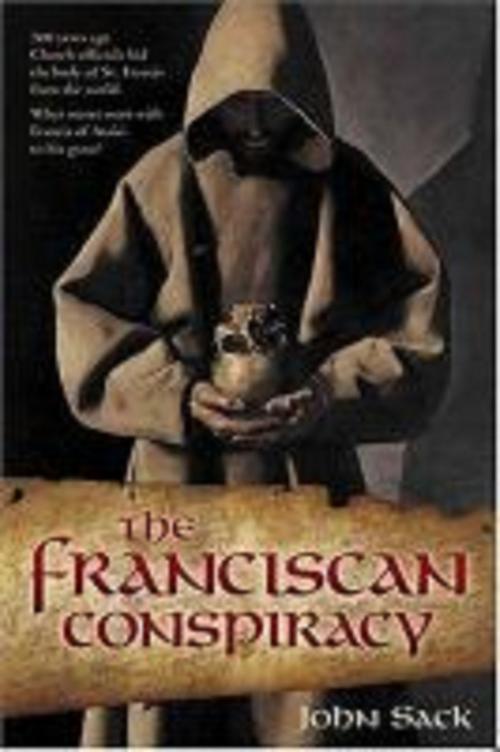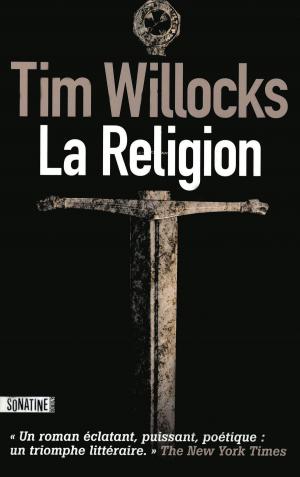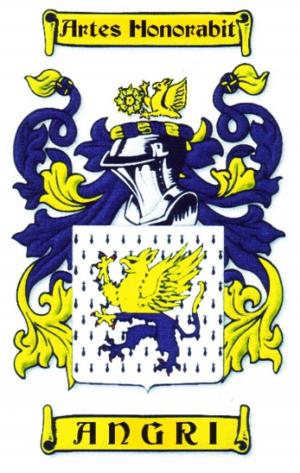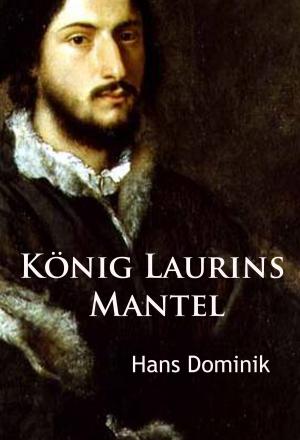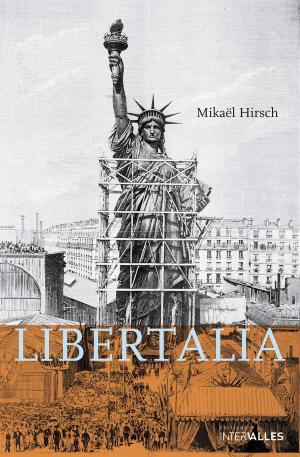| Author: | John Richard Sack | ISBN: | 9780983550013 |
| Publisher: | John Richard Sack | Publication: | May 4, 2011 |
| Imprint: | Smashwords Edition | Language: | English |
| Author: | John Richard Sack |
| ISBN: | 9780983550013 |
| Publisher: | John Richard Sack |
| Publication: | May 4, 2011 |
| Imprint: | Smashwords Edition |
| Language: | English |
"The Franciscan Conspiracy," a history mystery set in medieval Italy, has been published in 16 languages and has been a top-10 bestseller in Brazil (for five months) and throughout Europe. On his death, Fra Leo, the closest companion of Francis of Assisi during the saint’s life, leaves a cryptic message for a younger friar. He launches the young hermit Fra Conrad into a labyrinth whose every passage confronts his deepest fears—there to make sense of the bizarre and puzzling events that followed Francis’ death in 1226. Why was the saint’s body kidnapped and hidden at the instigation of the head of the Franciscan Order? Why did the Order insist that the earliest biographies of Francis be destroyed? In addition, Conrad is left to fathom the most mysterious event of Francis’ life—the wounds of Christ imprinted on the saint’s body on Monte LaVerna.
The novel is set against the chaotic backdrop of 13th-century Italy, an era when the extreme poverty of religious zealots clashed with the burgeoning prosperity of merchants, the monastic orders and high-ranking Church officials. This chasm also divided the Franciscan Order after Francis’ death into the Spiritual and Conventual actions. The Spirituals wished to live by St. Francis' Rule, the Conventuals to live more like cloistered monks with their attendant comforts.
"The Franciscan Conspiracy," a history mystery set in medieval Italy, has been published in 16 languages and has been a top-10 bestseller in Brazil (for five months) and throughout Europe. On his death, Fra Leo, the closest companion of Francis of Assisi during the saint’s life, leaves a cryptic message for a younger friar. He launches the young hermit Fra Conrad into a labyrinth whose every passage confronts his deepest fears—there to make sense of the bizarre and puzzling events that followed Francis’ death in 1226. Why was the saint’s body kidnapped and hidden at the instigation of the head of the Franciscan Order? Why did the Order insist that the earliest biographies of Francis be destroyed? In addition, Conrad is left to fathom the most mysterious event of Francis’ life—the wounds of Christ imprinted on the saint’s body on Monte LaVerna.
The novel is set against the chaotic backdrop of 13th-century Italy, an era when the extreme poverty of religious zealots clashed with the burgeoning prosperity of merchants, the monastic orders and high-ranking Church officials. This chasm also divided the Franciscan Order after Francis’ death into the Spiritual and Conventual actions. The Spirituals wished to live by St. Francis' Rule, the Conventuals to live more like cloistered monks with their attendant comforts.
